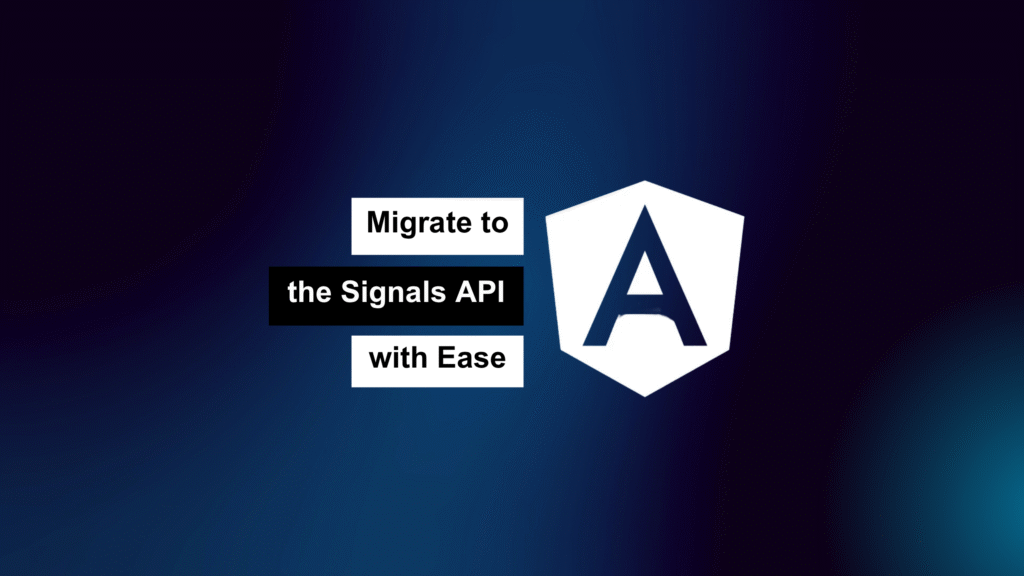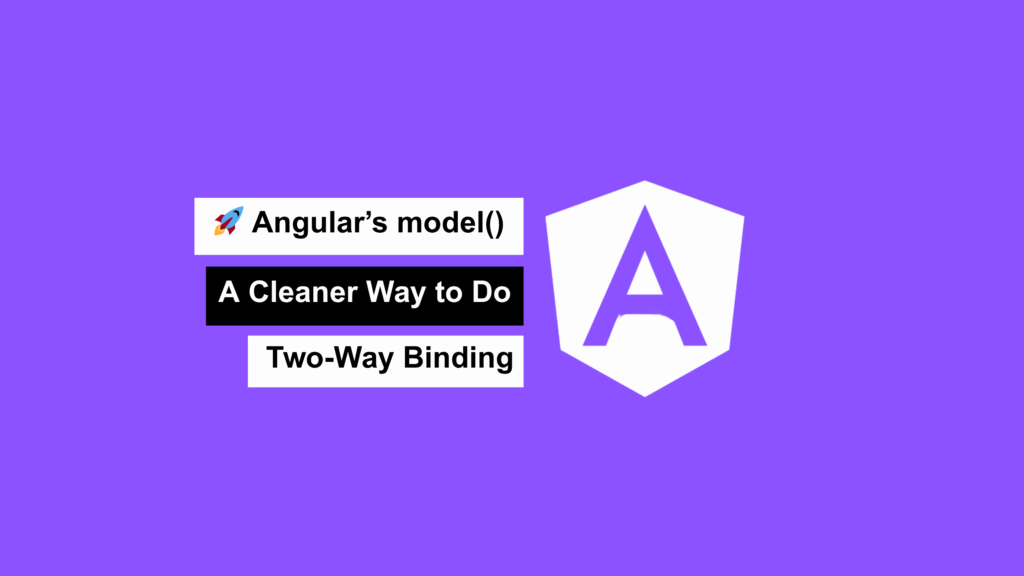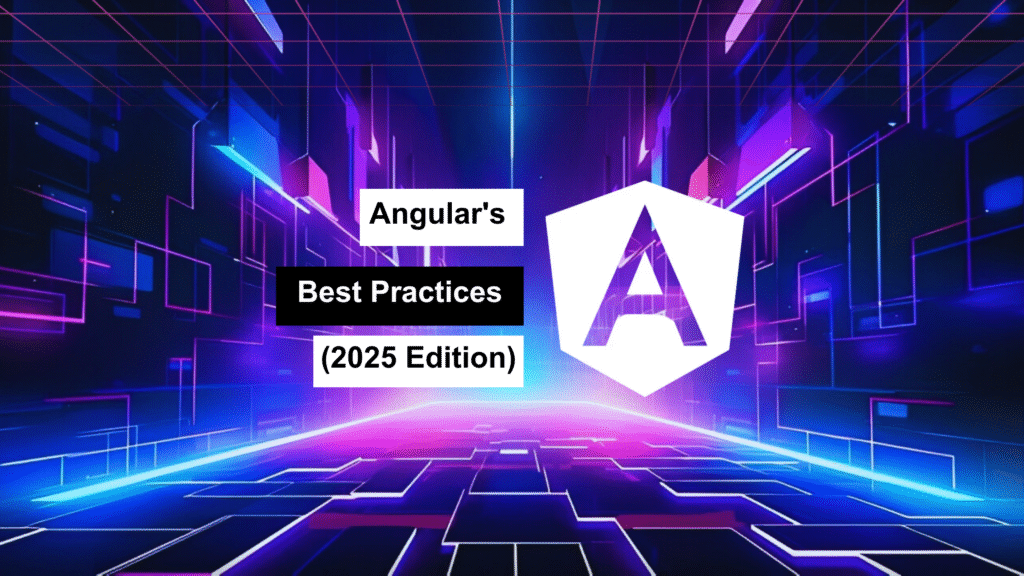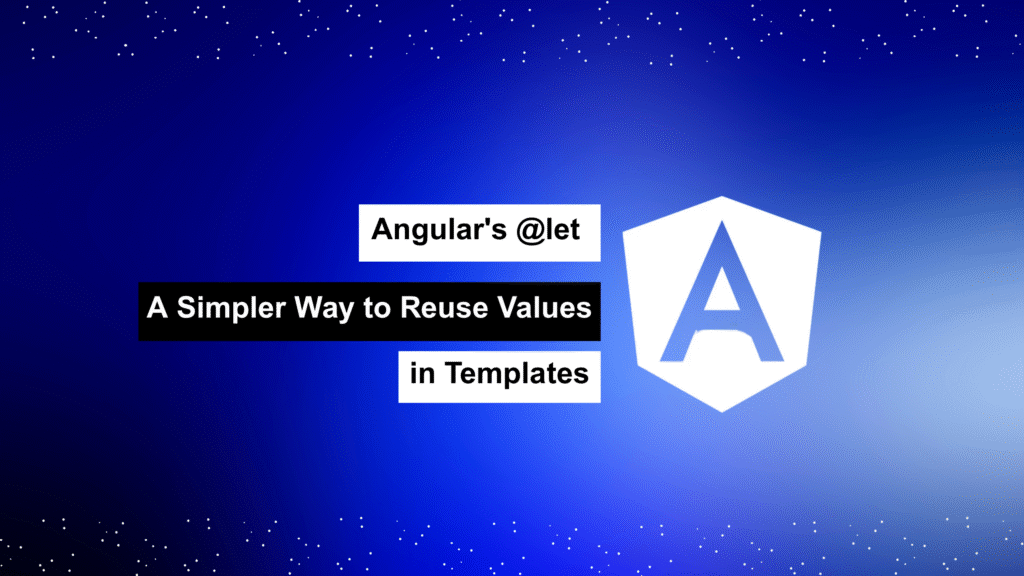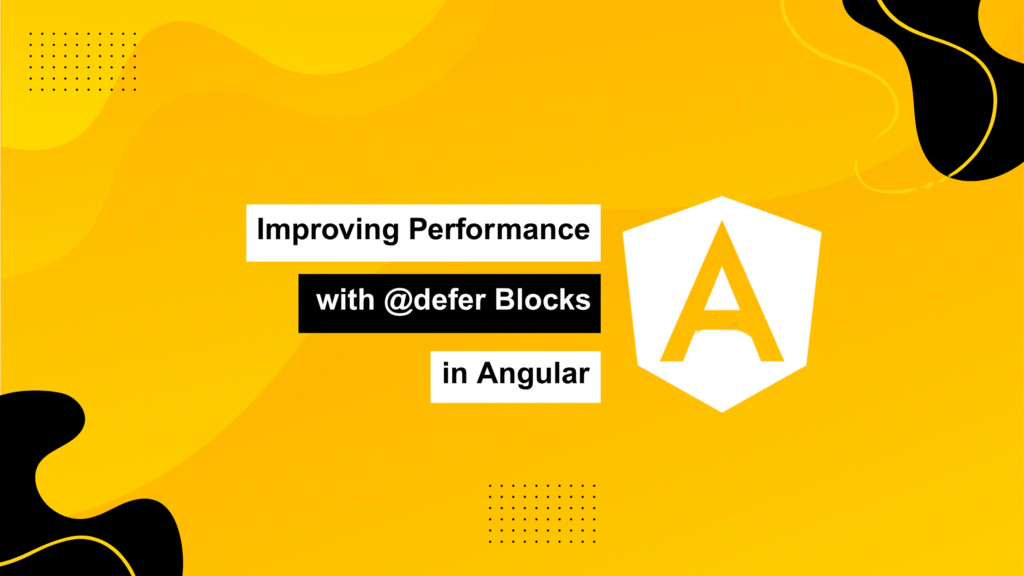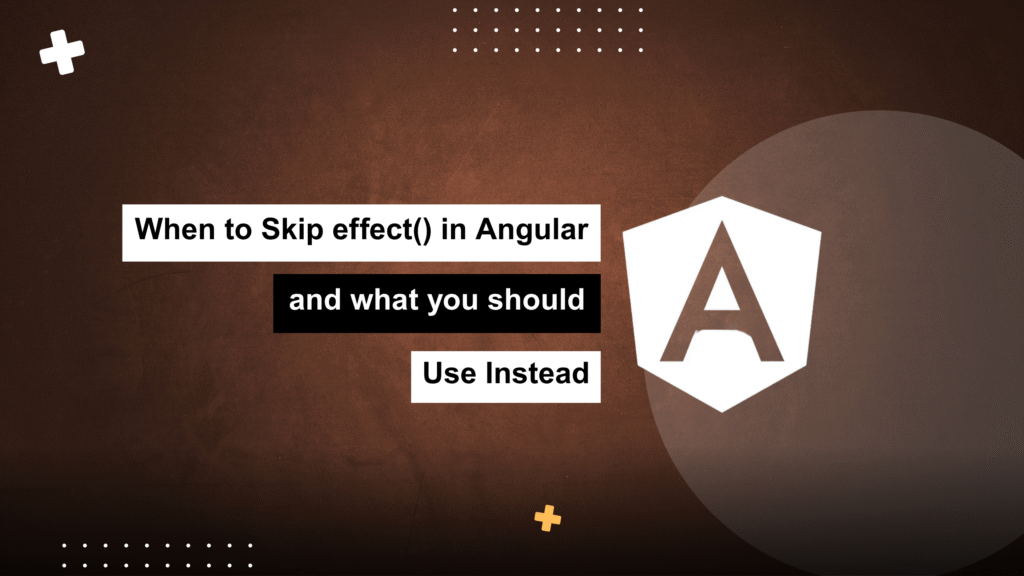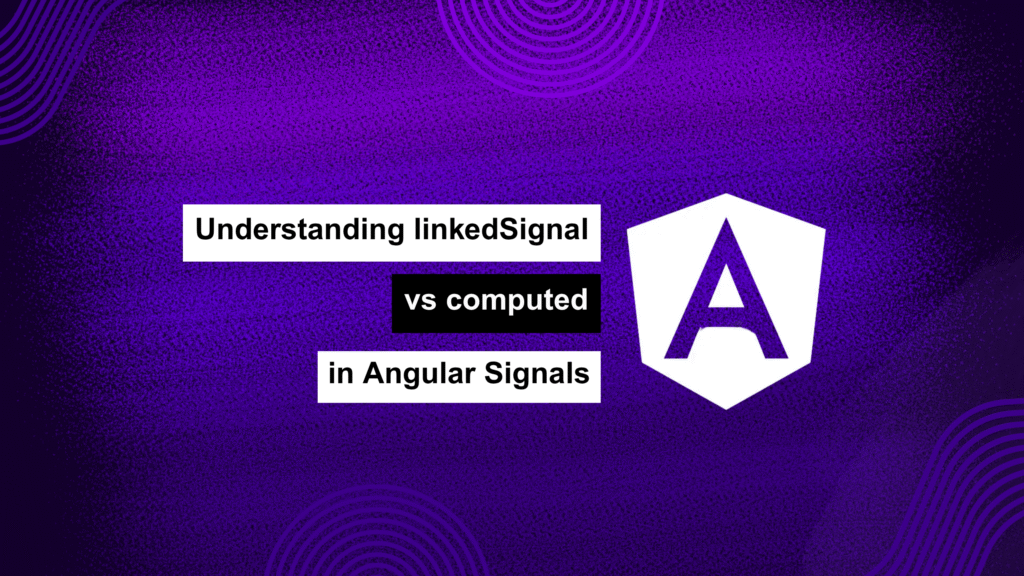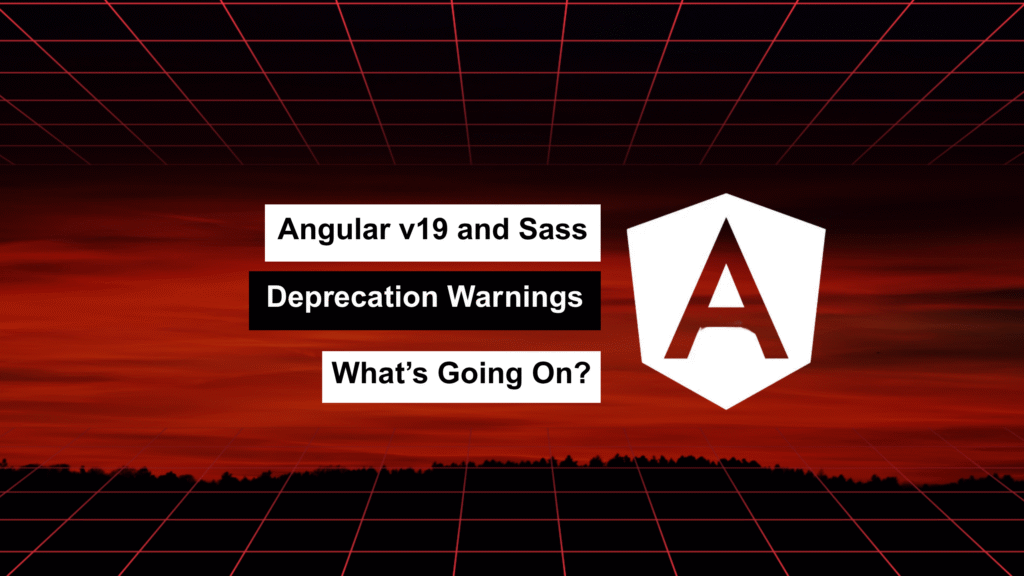🚀 Angular v19: Mastering SSR with Route-Level Render Modes
Angular v19 brings a game-changing update to server-side rendering: Route-Level Render Modes. This powerful feature gives developers fine-grained control over how each route in their application is rendered—whether it’s on the server, pre-rendered at build time, or handled entirely on the client. This new flexibility is a huge win for developers building dynamic, performance-critical applications. […]
🚀 Angular v19: Mastering SSR with Route-Level Render Modes Read More »

